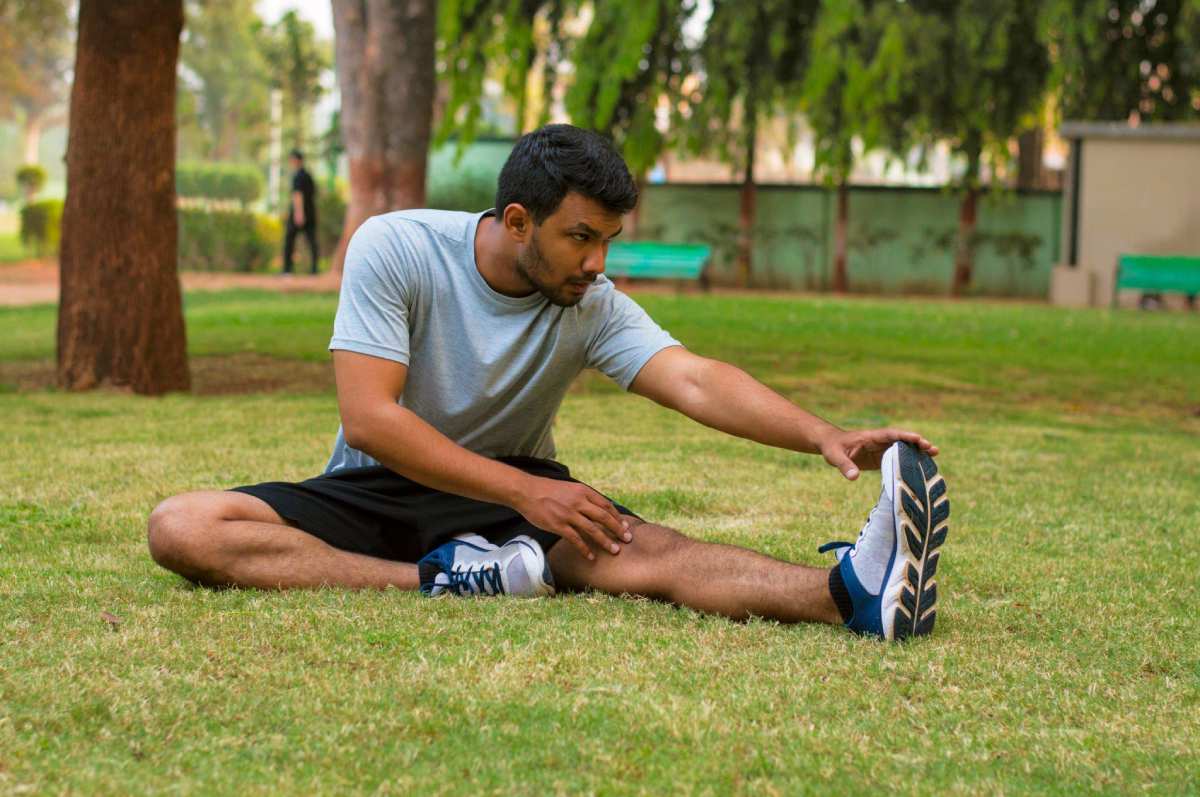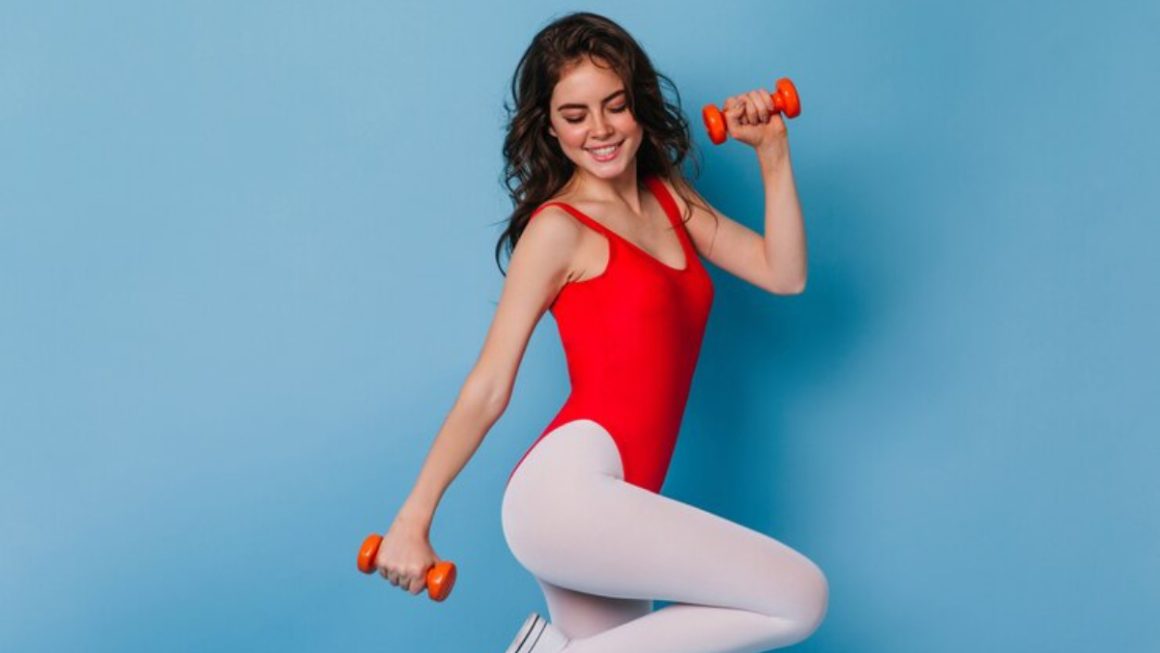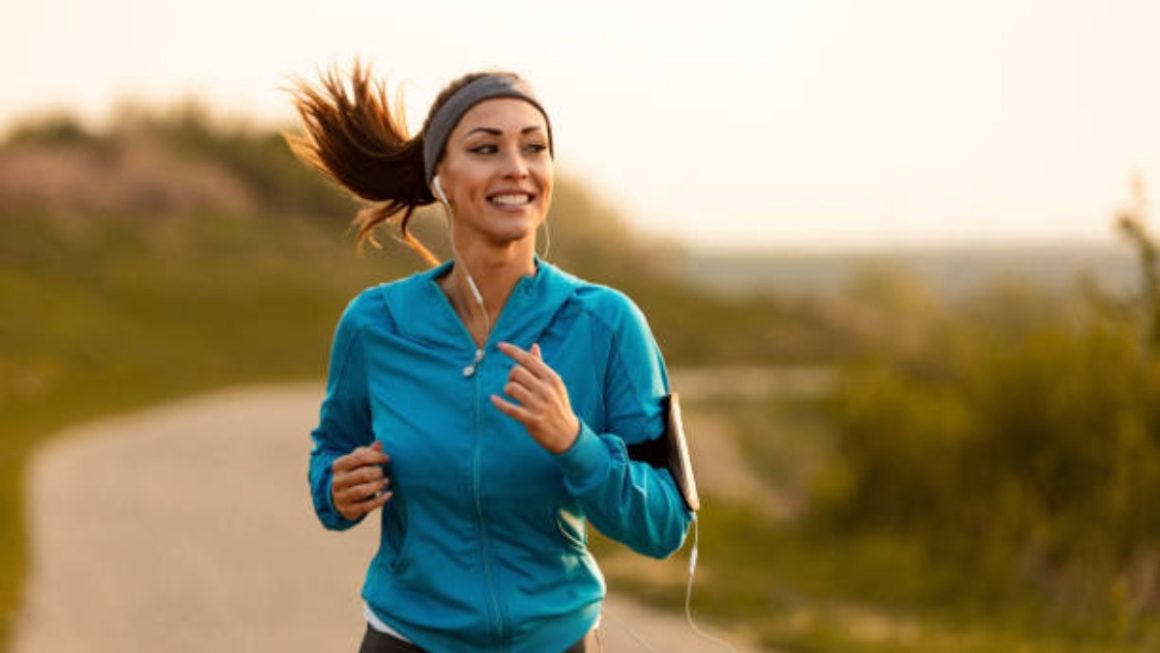Stretching is a set of exercises and postures that aim to stretch ligaments, muscles, and tendons in a controlled way to increase the amplitude of movements and remove clamps. And if you make everything right, your workout will get as fun as games at Hellspin Casino. Let’s find out how to do stretching correctly and which exercises are suitable for beginners.
Benefits to the Body
Stretching helps:
- Increase muscle elasticity and joint mobility. When they are constrained, the amplitude of movements decreases, which negatively affects compliance with technique when performing strength, functional and other types of training exercises.
- Strengthen ligaments and tendons to reduce the risk of injury during sports activities.
- Relax muscles. Stretching contributes to faster recovery, relief of tension and pain after strength training.
- Gain flexibility and plasticity of movements; to relax, increase stress resistance, improve sleep.
How to Do It Right
Proper stretching should begin with a warm-up, this will help increase elasticity and warm up the body before exercise. During the workout, avoid sudden movements and remember to breathe properly.
Go for your goal gradually, prioritizing correct performance over the number of poses or workout time. Don’t expect to sit on the splits after the first session if you haven’t been able to do it before.
When designing a stretching program, pay attention to working all the muscles.
How Often You Can Stretch
Depends on the type and other physical activity you choose. For beginners, it’s enough to start with 1 time a week.
Types
- Dynamic stretching is stretching the muscles in motion. This type can include pamping, yoga, pulse lunges, etc. During dynamic stretching, all transitions should be done smoothly, without sudden movements.
- Static stretching involves stretching the muscles in statics, i.e. holding in a certain position for some time. On average, it is recommended to stay in one position for 20-30 seconds, longer is not necessary, the result will be the same. Performing static stretching is considered safer than dynamic stretching, but it should be abandoned before running or strength exercises, as this can lead to a deterioration in performance.
- Active stretching involves performing the exercise only through one’s own efforts.
- Passive stretching involves the use of weights, sports equipment or the help of a trainer to increase the range of stretching. Passive stretching is more traumatic than active stretching because of the effects of external forces.
Exercises for Different Parts of the Body
The following stretching exercises are best done in an active format for those who are just starting out, but it’s possible to switch to passive stretching over time if desired. Hold in the tension pose for 20 seconds, repeat 3-4 times.
For the Neck
- Perform slow turns of the head sideways to tension.
- Tilt your head toward your shoulder, helping with your hand. Control that the shoulder does not scramble.
- To stretch the posterior surface, gently tilt your head forward and help with your hands – interlock them at the back of the head and apply light pressure.
For the Arms and Shoulders
- Extend one arm sideways in front of your chest, with the other grasp at the elbow and help stretch the muscles and ligaments harder.
- Lift your left arm, bending behind your head at right angles at the elbow. With your right hand, grasp your elbow and help pull toward your right shoulder.
For the Back
Proper back stretching helps relieve tension on the spine and surrounding muscles, which is especially important for prolonged sitting. For this part of the body, you can do “cat”, “mill”, and standing bends in different directions.
For the Legs
- “Butterfly” (in yoga, Baddha Konasana).
- Standing, bend over your feet, wrapping your arms around your shins.
- Bend one leg at the knee and lift the foot to the buttocks, wrapping your hand around the toe.
- For stretching the thigh muscles, you can do lunge pulls or pulse movements.
For the Glutes
Stretching is improved by pulling up with the leg bent at the knee toward the chest. To do this, lie on your back, press your sacrum to the floor, and use your hands to pull one leg toward you. The non-working leg can be bent at the knee or left straight, the first option being easier.
Key Tips for Beginners
Since stretching and warming up are not the same thing, warm up your muscles and ligaments before class to increase plasticity. When planning your program, choose exercises for beginners. Deciding to immediately master the static pose “yoganidrasana” instead of “butterfly,” without preparation you may injure yourself. Also, don’t spend 60 minutes on practice at once; start with 15 minutes and gradually bring the duration up to one hour. You can’t make up for missed classes by increasing the duration; it’s important to practice regularly.
A Program for Beginners
Light stretching for beginners is ideal for the first classes if there are no contraindications. The complex includes 3 exercises:
- Standing with your feet shoulder width apart. Relax your knees and hips, lock your hands together and stretch your arms above your head (back side to head). Hold the pose for 20 seconds, then return to the starting position, relax.
- Standing, put weight on one leg, bend the other knee and bring the foot to the buttock, taking the hand to the toe. Stay in this position for 20 seconds, then change legs.
- “Cat.” Standing on all fours, resting on your hands and shins, round your back and lower your head, stay in this pose for 10 seconds. Then raise your head by slightly tilting it back and bend at the lower back, stay like that for another 10 seconds.
Contraindications
Stretching isn’t recommended for people:
- With fragile bones, joint abnormalities.
- Diseases of the heart and blood vessels, including high blood pressure and varicose veins.
- Hernia, protrusion, dislocation of the vertebrae, pinched nerves.
- Curvature and injuries of the spine.
It’s also worth temporarily stopping exercises in case of fever, weakness, dizziness, exacerbation of chronic diseases.
Summary
Dynamic and static stretching of muscles, ligaments and tendons can be beneficial, but only if you choose the right set of exercises and perform them correctly. It isn’t for nothing that in the definition of the term “stretching” doctors and trainers emphasize the importance of the word “controlled”. Fitness will help relieve stress after strength training, increase muscle flexibility and joint flexibility.




